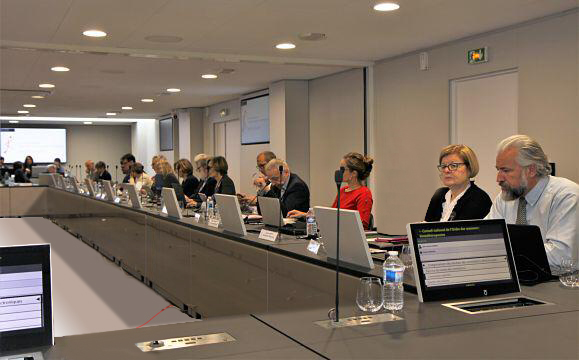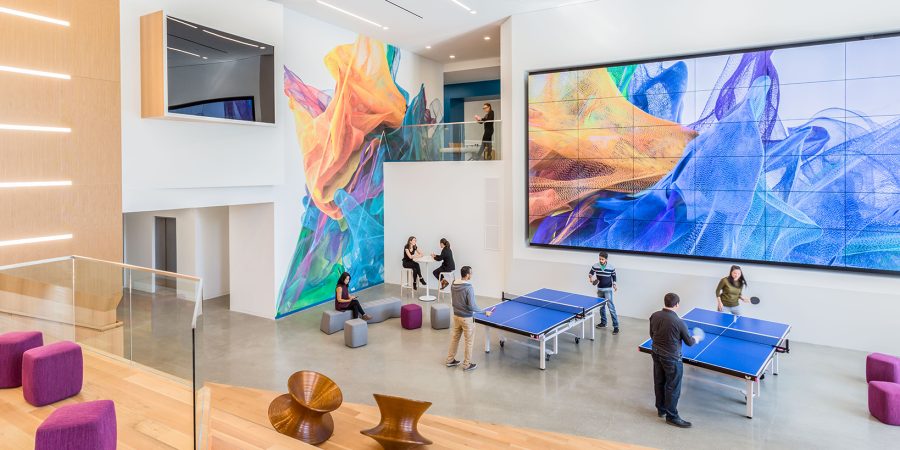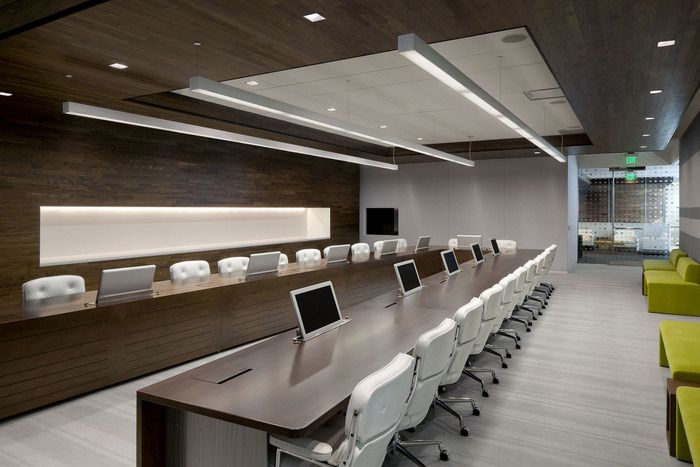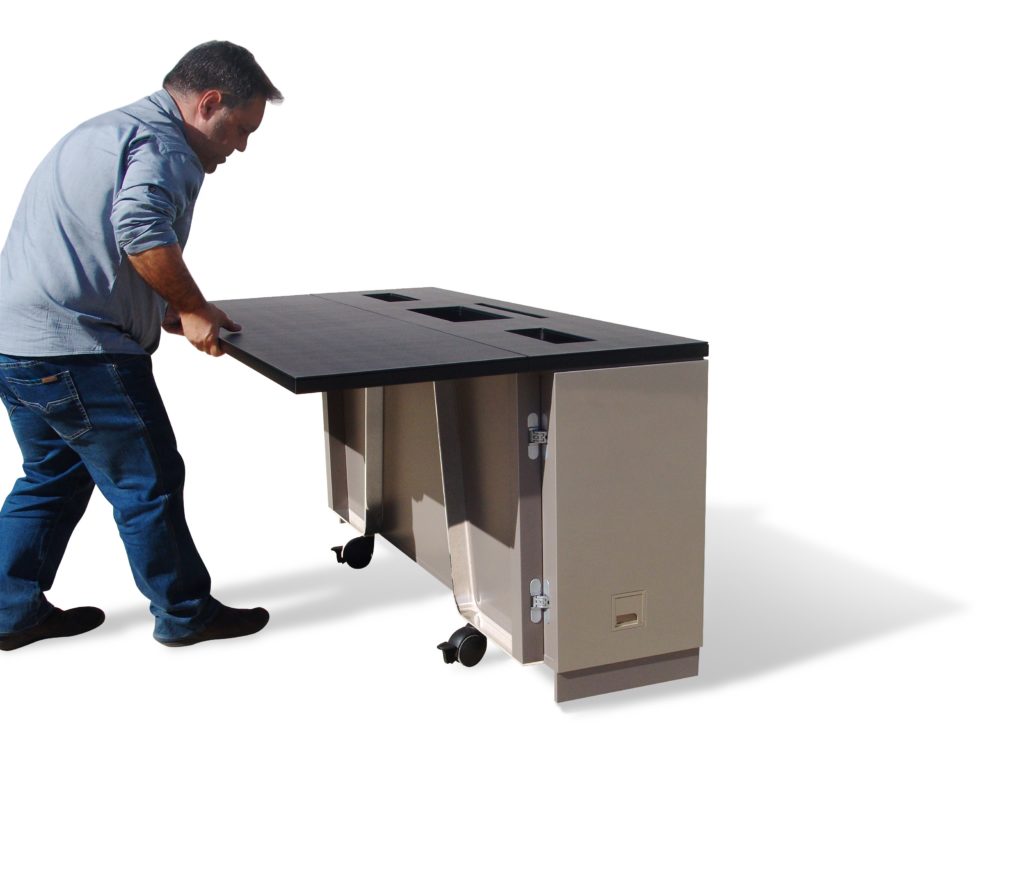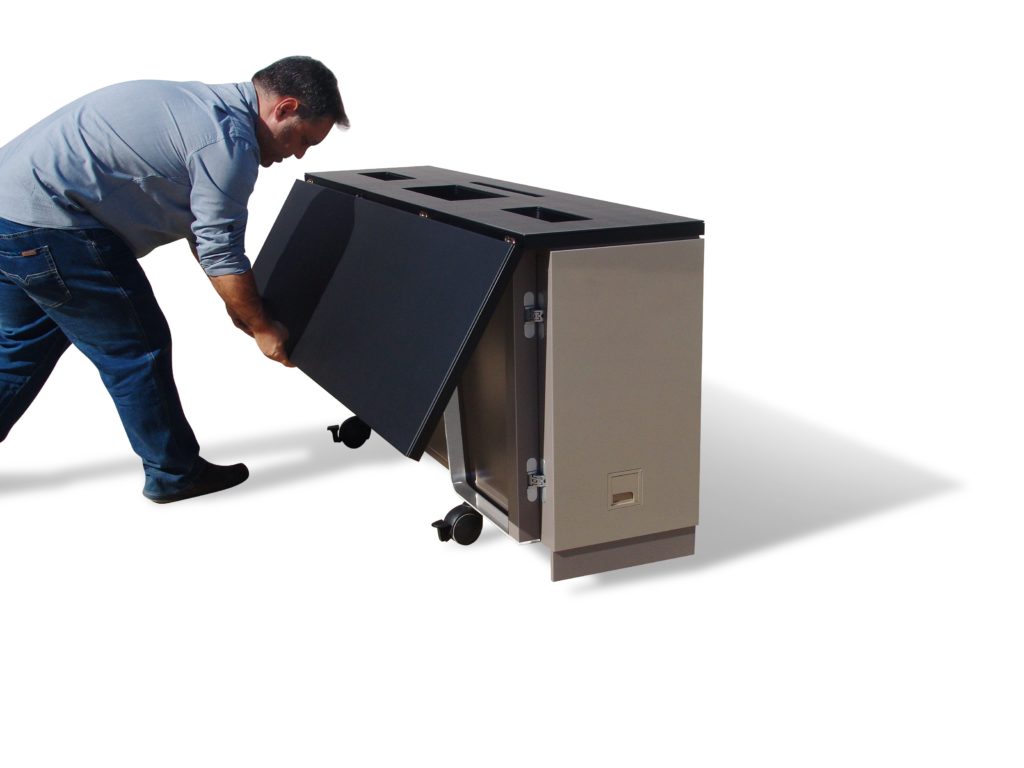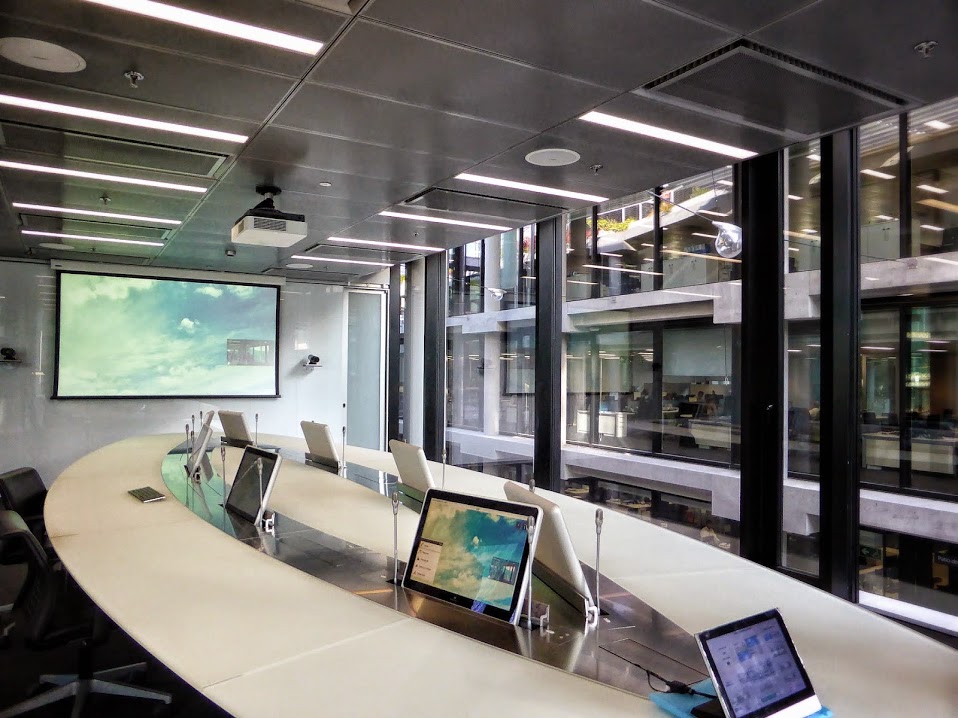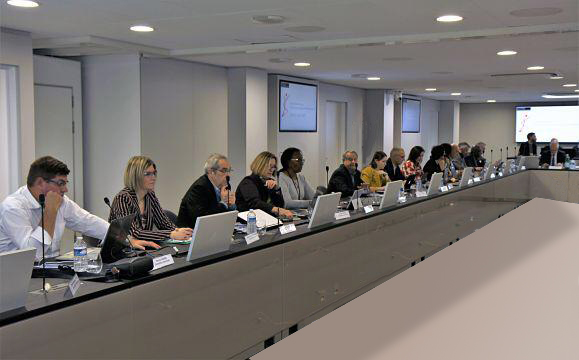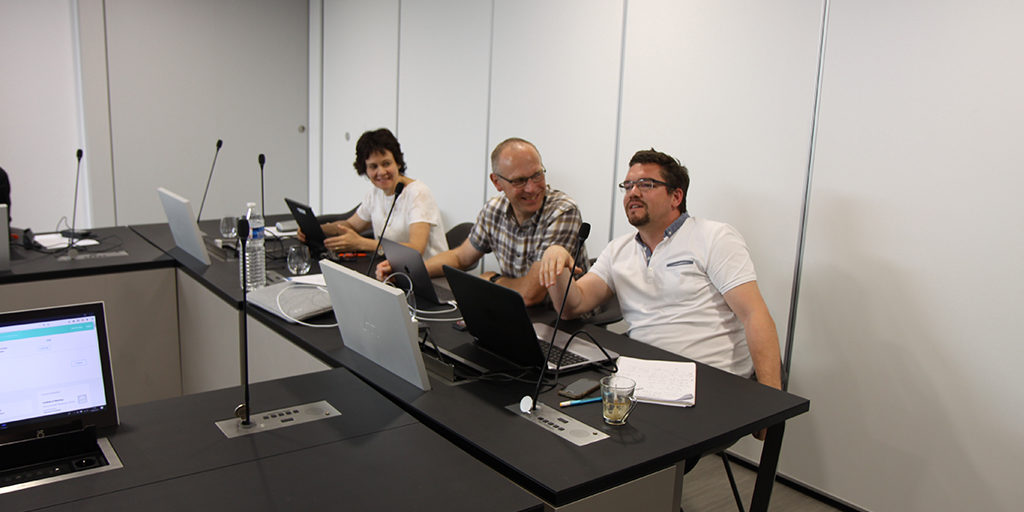What will meeting rooms look like in the future? What will the environment feel like? What role will technology play?
When we were kids, we might have imagined a future where humans would coexist with robots. Where we would be moving around in spaceships or tele transporting ourselves. As adults, we might imagine how technology might influence business and meeting rooms in the future.
IACC consulted with 50 worldwide companies, architects, interior designers, technology leaders, furniture companies, event organizers, and others resulting in their report, “Meeting Room of the Future”. In the report, there is some analysis regarding the design and creation of what a future meeting room might look like.
Here are some of the conclusions:
Meeting rooms will seek to improve their efficiency, encourage creativity, increase participation of attendees and accelerate decision-making. They will focus on results seeking return on investment through a more flexible and intelligent space design.
- Create impressive and unforgettable experiences:
The meeting room and boardroom is, and will continue to be, one of the most important spaces within a company. People want and need to interact with each other, see, hear and listen to each other. There will be discussions, debates, and sharing of information. The conference table is, and will continue to be, the place where people gather to make important decisions.
The design of a physical space will not just be pragmatic but will be an environment where experiences are also sensory. The content of the presentation will always be important, but the interior design and aesthetics play a vital part. The table, seating, lighting, colors, ambient light, materials, psychological and physiological elements, are just some of the things that will be included in the design process. Technology will be seamless, safe, easy to use, and customized to meet unique requirements.
The conference room reflects the corporate identity. The design should result in a room that makes a powerful immediate first and lasting impression.
The optimization and versatility in the use of space helps considerably to amortize the investment. It is not a trivial matter when you consider the cost of space in any big city around the world. Therefore, optimizing the space, the flexibility to adapt to different types of meetings, to vary the configuration depending on the number of attendees and the ability to host both spontaneous meetings, as well as planned events, are factors to take into account. Imagine a room configured in accordance with the specific needs of each meeting. Modular and adaptable to the number of users utilizing the latest generation of audio, video and connectivity technology.
The design will also benefit from technology that is available when needed and out of sight when not. Technology that is versatile, flexible, elegant and respectful of space limitations. This would add exponentially to the versatility and use cases for the room.
Plexis by JMM table, customized for DB2 monitors, custom DynamicTalk and a custom connection box.
- Paper saving and sustainability
Supporting technologies that encourage a paperless space helps preserve the environment. Checking the agenda on a screen, interact through touch applications and use the technology only when necessary, are gestures that help sustainability, efficiency and productivity. Equipment designed to be sustainable and recyclable using materials such as, aluminum and glass, will support not only the saving of paper but provide longevity as well as avoiding the creation of unwanted electronic waste.
- Tecnology, interactivity and automation
Videoconferences, audio conferences, annotation and voting systems …
The rooms must provide the necessary network bandwidth while being secure. This is very important as it relates to confidential discussions that take place.
BBVA Madrid corporate headquarters equipped with DynamicX2 and DynamicTalk by Arthur Holm
- Practical space: The use of modular tables equipped with retractable technology is a very flexible and versatile solution that optimizes the space.
- Technology: Should be elegant and adapted to the corporate image of each entity, with the capacity to be hidden and storable inside the table: comfortable, inviting participation and interactivity.
- Simplicity : A key element for user experience. It is important that the technology is easy to use and that everyone can optimist the use of the equipment without the need for technical support.
